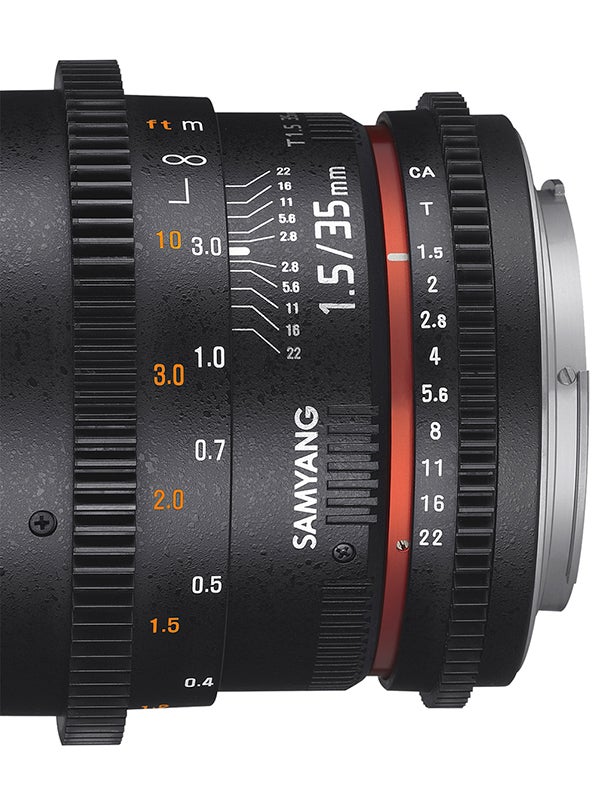In this article we look at the t-stop, providing a guide to what it is for and how it works
If you don’t shoot video, you may not hear much about the t-stop these days. Instead everyone knows about the f-stop. But the t-stop is a more reliable alternative.
Let’s just recap on what an f-stop is. An f-stop is a value determined by the focal length of a lens divided by the diameter of the entrance pupil of the lens (assuming the exit pupil is not smaller). The entrance pupil is usually the lens iris, also referred to as the aperture. By halving or doubling the diameter of the aperture you respectively halve or double the quantity of light transmitted through the lens. In other words you halve or double the brightness. Each time the aperture is halved or doubled in diameter you change the brightness by one whole stop, or f-stop. Each stop is equivalent to an Exposure Value (EV).
So how does an f-stop relate to a t-stop? The problem with f-stops is that they don’t take into account the efficiency of the lens on transmitting the light that enters it. Light is lost through reflection at each lens element surface and through absorption in the optical glass substrate of the lens. High-quality optical glass minimises absorption loss and lens coatings minimise reflections, but no lenses are perfect.
For example, if the f-stop of a lens is f/4, half a stop might be lost through optical inefficiency. That would make the effective brightness of the lens only f/4.8 and that is what the t-stop value would be, a corrected f-stop value. Today we are less concerned about t-stops because through the lens (TTL) metering measures the actual light being transmitted. But anyone using an external light meter could end up with under-exposed photos or movies if they rely on lens f-stops. However, if you are making calculations to work out depth of field, stick to f-stops.





